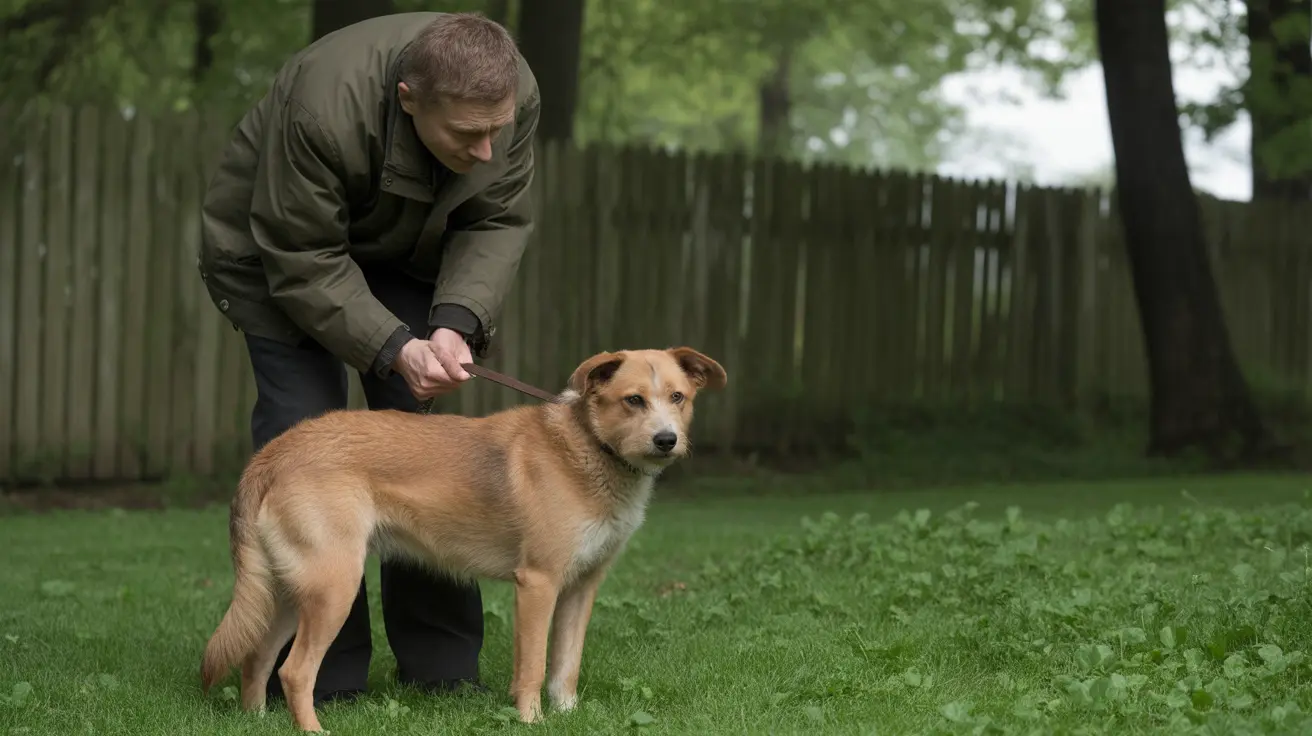Can the Smell of Lilies Hurt Dogs? Understanding the Risks
Many pet owners enjoy having fresh flowers and ornamental plants in the home, but not all plant species are safe for animals. Among these, lilies are one of the more controversial groups when it comes to pet safety. While they are particularly fatal to cats, their effect on dogs is also cause for concern. A common question among dog owners is: can the smell of lilies hurt dogs? The short answer is that the smell alone is typically not dangerous, but there's much more to consider.
Why Lilies Are Dangerous
Lilies from the genus Lilium and Hemerocallis (true lilies and daylilies) are extremely toxic to cats, often leading to acute kidney failure. For dogs, however, the effects vary based on the exact species and quantity ingested.
Though inhalation of lily scent is not usually harmful to dogs, physical contact with the plant or ingestion of any part—especially the bulb or pollen—can result in health complications. Dogs are less sensitive than cats, but they are not immune to the effects of specific lilies.
Toxic Lilies for Dogs
Here are common species of lilies that are known to be toxic to dogs:
- Prairie Lily (Rain Lily): The bulb is highly poisonous; ingestion can lead to vomiting and diarrhea.
- Lily of the Valley: Contains cardiac glycosides that can cause heart arrhythmias, vomiting, diarrhea, seizures, and death in severe cases.
- Peace Lily (Spathiphyllum spp.): Contains insoluble calcium oxalate crystals, leading to oral irritation, excessive drooling, and difficulty swallowing.
- Calla Lily: Similar effects as peace lily, causing intense mouth pain, vomiting, and refusal to eat.
- Gloriosa Lily (Flame Lily): Contains colchicine, which may lead to liver damage, kidney failure, and even death.
Less Toxic but Still Risky
The following lilies are considered less toxic for dogs but can still cause gastrointestinal upset if consumed:
- Easter Lily
- Daylilies
- Japanese Show Lily
- Stargazer Lily
- Wood Lily
- Oriental Lily
- Peruvian Lily
While ingestion of these may not be fatal, symptoms such as vomiting, diarrhea, and drooling are common.
Symptoms of Lily Poisoning in Dogs
If your dog has come into contact with or ingested any part of a toxic lily, watch for the following signs:
- Vomiting or diarrhea
- Loss of appetite
- Excessive drooling
- Oral pain and pawing at the mouth
- Difficulty swallowing or breathing
- Irregular heartbeat (especially with Lily of the Valley)
- Seizures or sudden collapse
What to Do If Your Dog Is Exposed
If a lily ingestion is suspected:
- Contact your veterinarian immediately.
- Provide a sample or photograph of the plant for identification.
- Do not induce vomiting unless instructed by a veterinarian.
- Veterinary care may include inducing vomiting (if exposure was recent), administering activated charcoal, and IV fluid therapy.
- Hospitalization is often required if organ involvement is suspected.
Can Just the Smell Cause Trouble?
There is no evidence suggesting that the scent of lilies alone can harm dogs. However, proximity to the plant increases the risk of ingestion or chewing. For highly curious dogs prone to mouthing plants, the scent might attract unwanted attention. The pollen can also land on nearby surfaces and be consumed during grooming.
Preventive Measures
Given the potential risks, it's best to avoid having lilies in homes or gardens shared with pets. To keep your dog safe:
- Remove lilies from floral arrangements before bringing them indoors.
- Inspect gardens for any lily plants and remove them if needed.
- Keep dogs away from unfamiliar plants while on walks.
- Educate family and friends about lily toxicity if they bring floral gifts.
Conclusion
While the smell of lilies is unlikely to harm your dog, actual contact, chewing, or ingestion of lily parts can lead to serious—and sometimes fatal—health issues. It's always better to err on the side of caution. What harms one pet species may still pose milder but real threats to another. Immediate veterinary attention is crucial in any case of suspected lily poisoning.
Stay informed, remove lily plants from your pet’s environment, and prioritize their safety. Even a beautiful bouquet isn’t worth the risk.





